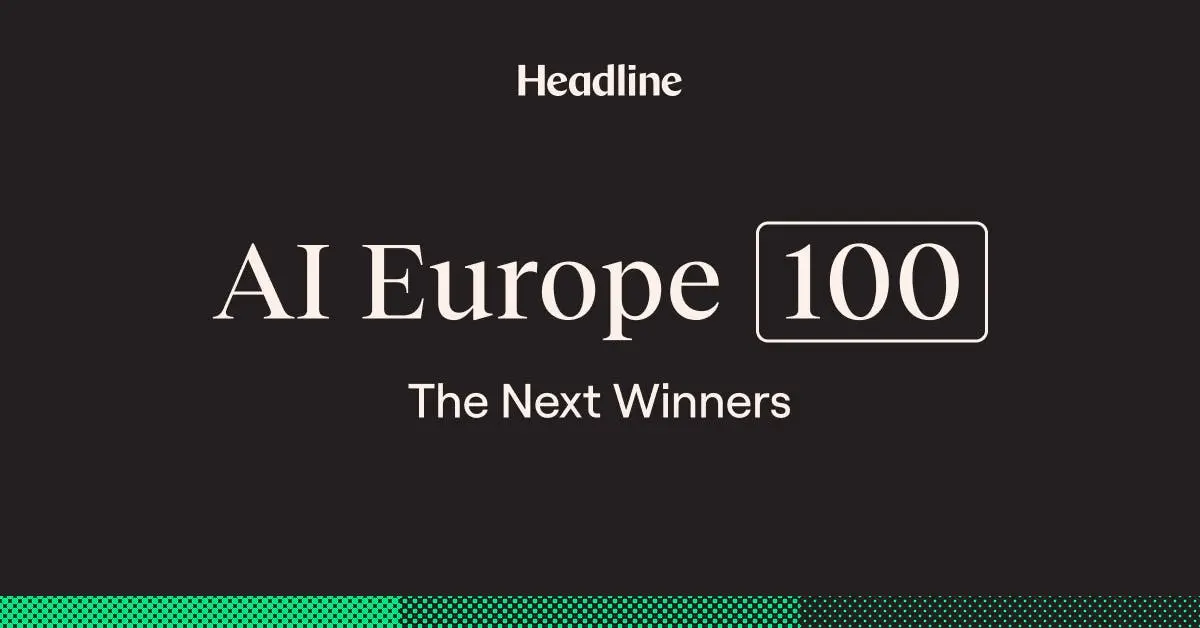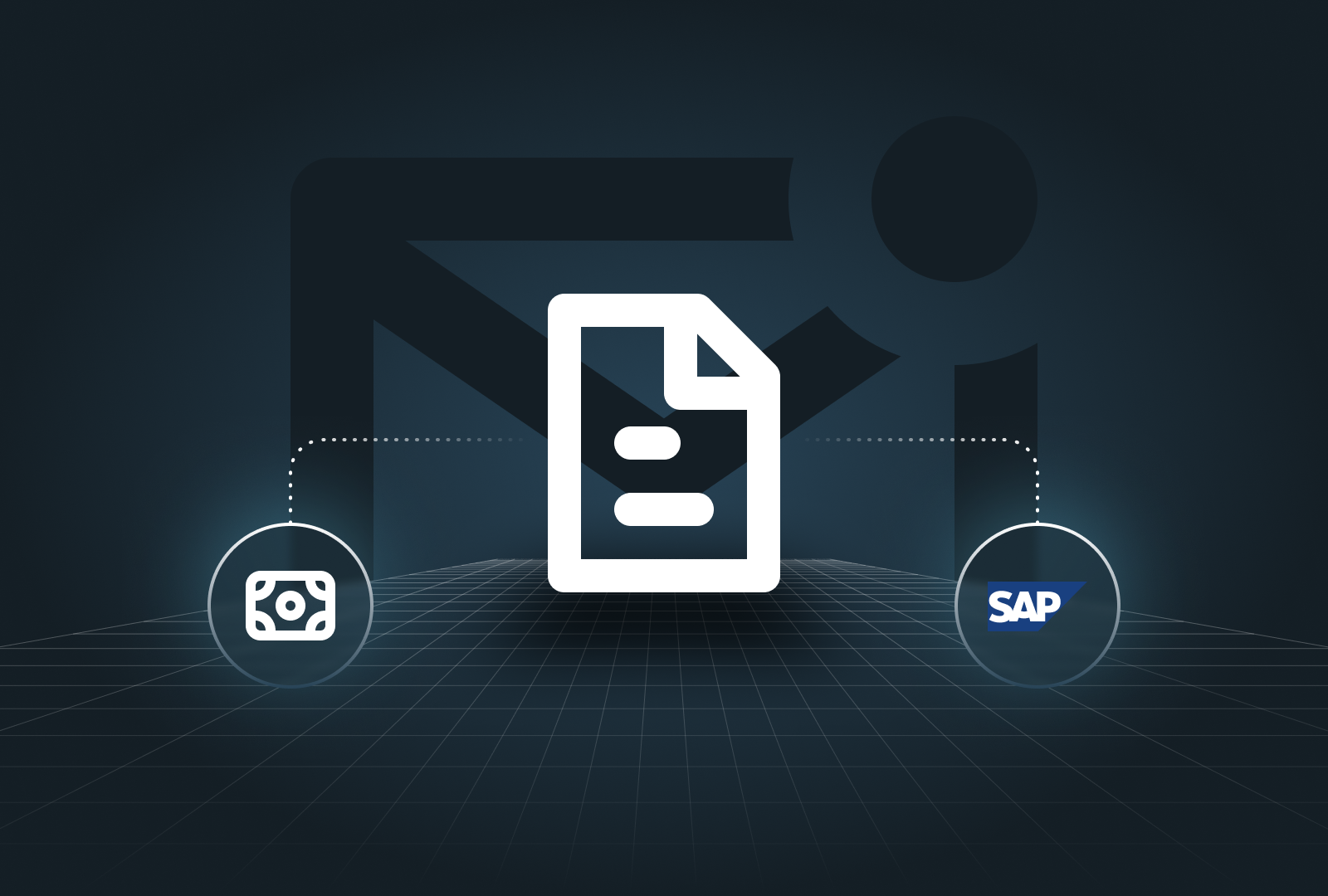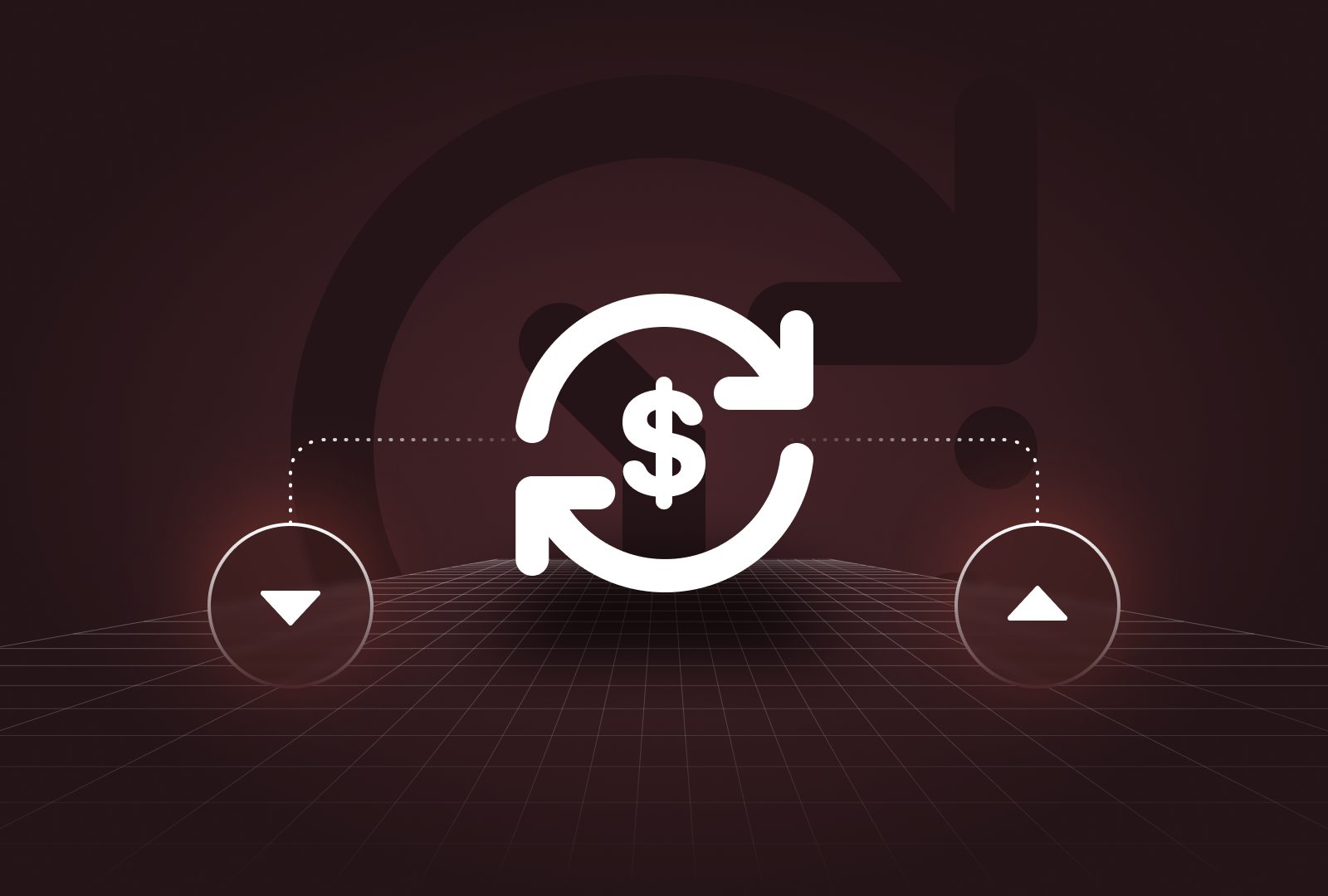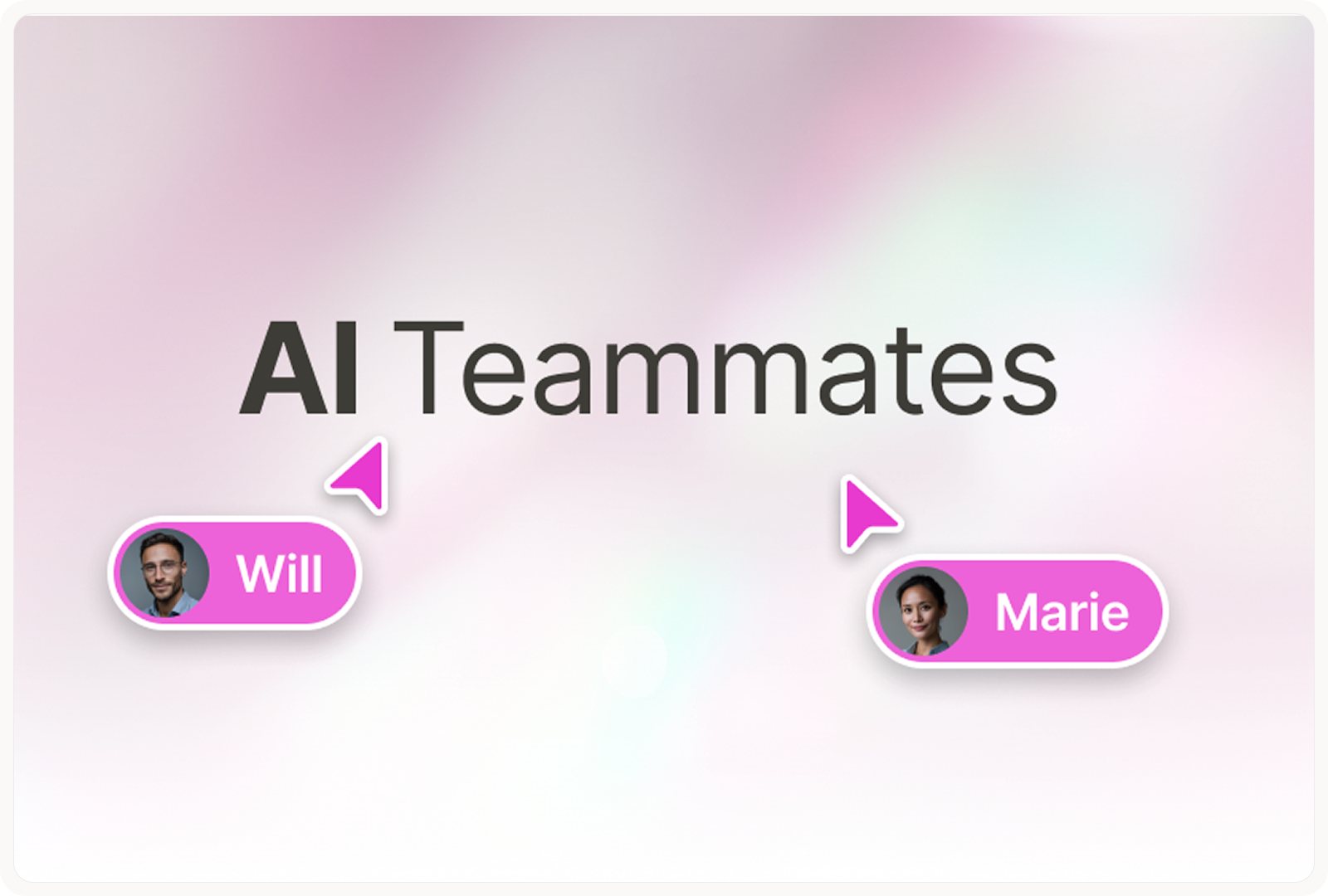Procurement has reached an evolution point today: It is no longer a back-office function, but rather a strategic driver of enterprise value. This shift is defined by two distinct yet complementary concepts: procurement intake and procurement orchestration. For finance and procurement leaders seeking to optimize their operations, understanding the nuances between these approaches is essential to building resilient, efficient processes that drive bottom-line impact.
Understanding Procurement Intake
Procurement intake represents the initial phase of the purchasing process—the "front door" through which all procurement requests enter the system. According to Gartner's 2025 Hype Cycle for Procurement and Sourcing, intake management has evolved from a tactical layer to a critical gateway for business engagement, currently positioned at the Peak of Inflated Expectations.
At its core, procurement intake is defined as "the centralized initiation and dynamic routing of purchase requests, acting as a single front door for procurement activities" (McKinsey, 2024). This process streamlines how stakeholders submit purchase requests while ensuring appropriate compliance checks and routing.
The primary purpose of an effective intake process is threefold:
- Simplify the submission of procurement requests
- Ensure compliance with organizational policies and approval workflows
- Route requests to appropriate teams based on spend category, risk level, and other parameters
Nearly 60% of procurement leaders report lacking the time and resources to focus on strategic work because manual tasks consume their day (Deloitte, 2024). A well-designed intake process addresses this challenge by automating the initial request phase, reducing administrative burden, and creating a consistent experience for stakeholders.
Defining Procurement Orchestration
While intake focuses on the entry point of procurement requests, orchestration takes a much broader view. Procurement orchestration is defined as "a comprehensive strategy that manages the entire procurement process from intake to pay, enhancing efficiency, visibility, and control across the procurement lifecycle" (Gartner, 2025).
Orchestration has transitioned from an emerging concept to a transformational platform-level strategy by 2025. It coordinates data, processes, and decisions across fragmented systems to achieve business outcomes (Gartner, 2025).
The scope of procurement orchestration includes:
- End-to-end process management across the entire source-to-pay lifecycle
- Integration of disparate procurement systems, tools, and stakeholders
- Governance and compliance enforcement throughout the procurement journey
- Analytics and insights that drive continuous improvement
According to McKinsey's "Procurement 2025" report, advanced procurement organizations implementing orchestration approaches can achieve operating efficiency gains of up to 30%, reduced value leakage between 3-12%, and enhanced category savings of up to 20% (McKinsey, 2025).
Key Differences Between Intake and Orchestration
Understanding the distinct characteristics of intake and orchestration helps organizations determine where to focus their transformation efforts.
As PwC notes in their 2024 procurement research, "Companies that have digitized their procurement intake have reduced off-contract expenditure by an average of 35%, enhancing compliance with preferred vendors". Meanwhile, orchestration delivers broader benefits, with "55% of procurement leaders indicating that orchestration increased their visibility into spending, resulting in faster decision-making by 22%" (Ardent Partners, 2024).
How Intake and Orchestration Work Together
While distinct, intake and orchestration are designed to complement each other. Gartner emphasizes that "intake starts the procurement process, while orchestration ensures that the process delivers value" (Gartner, 2025).
A well-designed integration between these approaches creates a seamless procurement experience:
- Unified Entry Point: Intake serves as the standardized gateway for all procurement requests, capturing essential information that feeds into orchestration workflows.
- Intelligent Routing: Based on intake parameters, orchestration dynamically assigns requests to appropriate approval paths, sourcing strategies, and execution teams.
- Contextual Visibility: Stakeholders gain transparency into where their requests stand within the broader procurement process.
- Data-Driven Decisions: The combined data from intake and orchestration provides a complete picture of procurement activities, enabling better spend analysis and strategic sourcing.
Consider this workflow example:
A marketing team member submits a request for a new analytics software subscription through the intake portal. The request includes details on budget, timeline, and business justification. The orchestration layer then:
- Routes the request for appropriate approvals (budget owner, IT security, legal)
- Checks for existing contracts with the vendor or alternatives
- Initiates a competitive sourcing event if needed
- Manages vendor onboarding and contract execution
- Coordinates implementation with IT
- Sets up payment schedules with accounts payable
- Captures performance metrics for future reference
According to Deloitte's 2024 CPO Survey, organizations that integrate intake management with procurement orchestration report 27% faster cycle times and a 32% reduction in non-compliant spending compared to those managing these processes separately.
Key Takeaways and Strategic Value
For procurement and finance transformation leaders, several critical insights emerge:
- Distinct but Complementary: Intake and orchestration serve different purposes but create maximum value when designed to work together seamlessly.
- Technology Enablement: Both approaches benefit from AI-powered automation, with up to 90% of manual data-entry errors preventable through automation.
- Strategic Elevation: The combination of streamlined intake and comprehensive orchestration elevates procurement from a transactional function to a strategic business partner.
- Measurable Impact: Organizations implementing both approaches effectively can achieve cost reductions of up to 30%, while improving stakeholder satisfaction and compliance.
- Future-Ready Foundation: The intake-orchestration framework creates a foundation for emerging technologies like agentic AI, which Gartner predicts will monitor supplier risk in real-time and initiate sourcing events based on thresholds (Gartner, 2025).
As procurement continues to evolve, the integration of intake and orchestration will become increasingly critical for organizations seeking to maximize efficiency, control, and strategic impact. By understanding how these approaches differ and complement each other, leaders can design procurement functions that truly deliver enterprise value.
Learn how Payflows brings both intake and orchestration together in one AI-native platform, enabling finance and procurement teams to collaborate alongside intelligent AI teammates to streamline processes, accelerate decisions, and generate accurate entries at scale.





.png)
.png)





.png)



